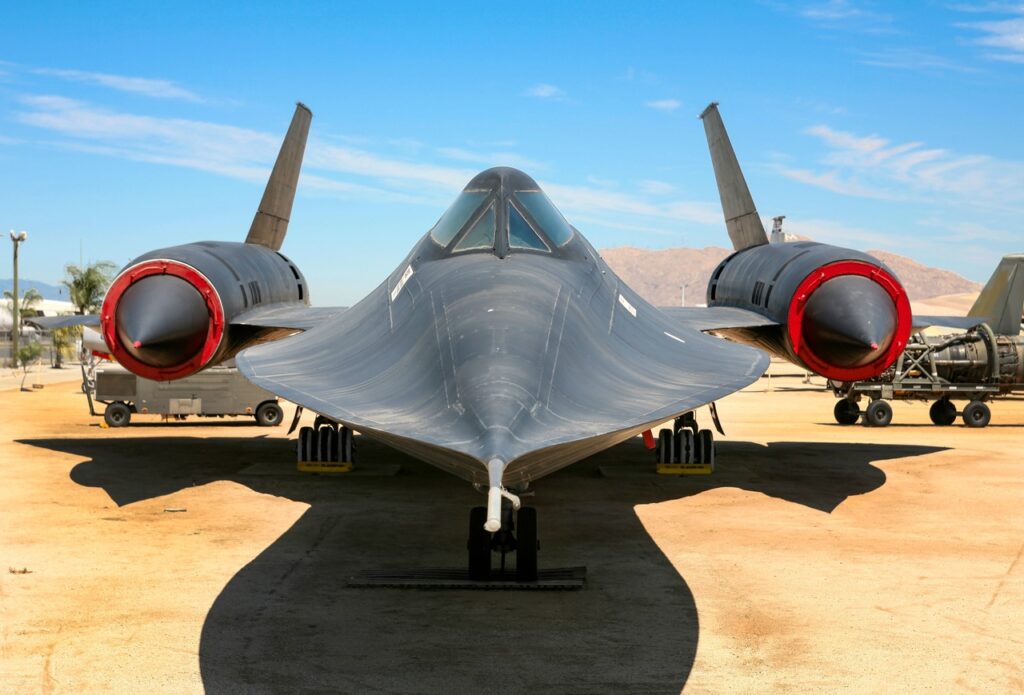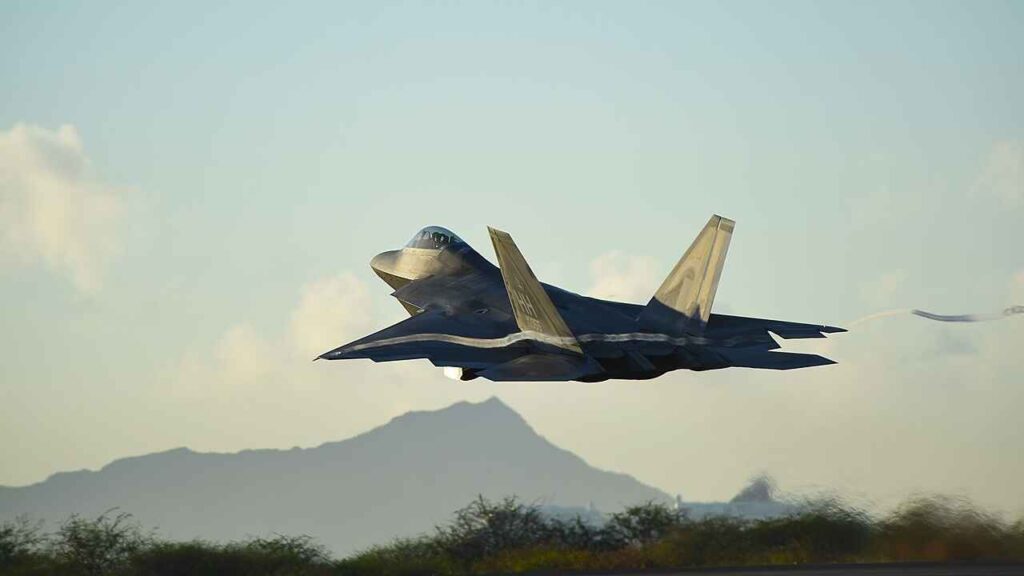
The Real Top Gun: Why the F-22 Remains Supreme in Air-to-Air Combat
Here’s What You Need To Know: Numerous upgrades have ensured that this decades-old jet fighter remains the most powerful air dominant platform in air-to-air superiority.
What is the reason why so many regard the now decades-old F-22 Raptor as the most dominant air dominance platform when it comes to air-to-air superiority?
The answer partly resides in the fact that today’s F-22 stealth fighter is quite different from the aircraft which first emerged in 1997.
The largest difference with the latest upgraded F-22s may be found in a series of weapons upgrades made possible in recent years through software advances.
New Weapons
The F-22 is now operational with two new weapons, which have been under testing and development for several years now. They are advanced variants of existing weapons – the AIM-9X air-to-air missile and the AIM 120-D.
The new AIM-9X will shoot farther and reach a much larger targeting envelope for pilots. Working with a variety of helmets and display systems, Lockheed Martin developers have added “off-boresight” targeting ability enabling pilots to attack enemies from a wide range of new angles.
Raytheon AIM-9X weapons developers say that the Block 2 variant adds a redesigned fuze and a digital ignition safety device that enhances ground handling and in-flight safety. Block II also features updated electronics that enable significant enhancements, including lock-on-after-launch capability using a new datalink to support beyond visual range engagements, a Raytheon statement said.
Another part of the weapons upgrade includes engineering the F-22 to fire the AIM-120D, a beyond visual range Advanced Medium-Range Air-to-Air Missile (AMRAAM), designed for all-weather day-and-night attacks; it is a “fire and forget” missile with active transmit radar guidance, Raytheon data states. The AIM-120D is built with upgrades to previous AMRAAM missiles by increasing attack range, GPS navigation, inertial measurement units and a two-way data link, Raytheon statements explain.
Better Software
The F-22 has also been upgraded with two-way LINK 16 datalink technology, enabling the aircraft to both send and receive information with the F-35. Having a digital ability to transmit fast-changing, combat relevant targeting information from an F-22 cockpit – without needing voice radios – lessens the risk associated with more “jammable” or “hackable” communications.
Newer F-22s have a technology called Synthetic Aperture Radar, or SAR, which uses electromagnetic signals or “pings” to deliver a picture or rendering of the terrain below, allowing better target identification. The SAR technology sends a ping to the ground and then analyzes the return signal to calculate the contours, distance and characteristics of the ground below.
A Plane That Can Evolve
The F-22 is also known for its “supercruise” technology which enables the fighter to reach speeds of Mach 1.5 without needing to turn on its afterburners. This enables the fighter to travel faster and farther on less fuel, a scenario which expands its time for combat missions.
The fighter jet also fires a 20mm cannon and has the ability to carry and fire all the air-to-air and air-to-ground weapons including precision-guided ground bombs, such as Joint Direct Attack Munitions called the GBU 32 and GBU 39.
It also uses what’s called a radar-warning receiver – a technology with an updateable database called “mission data files” designed to recognize a wide-range of enemy fighters, much like the F-35.
Made by Lockheed Martin, the F-22 uses two Pratt & Whitney F119-PW-100 turbofan engines with afterburners and two-dimensional thrust vectoring nozzles, an Air Force statement said. It is 16-feet tall, 62-feet long and weighs 43,340 pounds. Its maximum take-off weight is 83,500.
History
The aircraft was first introduced in December of 2005; the F-22 Raptor fighter jet delivered some of the first strikes in the U.S.-led attacks on the Islamic State in Iraq and Syria, when aerial bombing began in 2014.
After delivering some of the first strikes in the U.S. Coalition-led military action against ISIS, the F-22 began to shift its focus from an air-dominance mission to one more focused on supporting attacks on the ground.
Kris Osborn is the defense editor for the National Interest. Osborn previously served at the Pentagon as a Highly Qualified Expert with the Office of the Assistant Secretary of the Army—Acquisition, Logistics & Technology. Osborn has also worked as an anchor and on-air military specialist at national TV networks. He has appeared as a guest military expert on Fox News, MSNBC, The Military Channel, and The History Channel. He also has a Masters Degree in Comparative Literature from Columbia University. This article first appeared last year and is being republished due to reader interest.
Image: Reuters.


